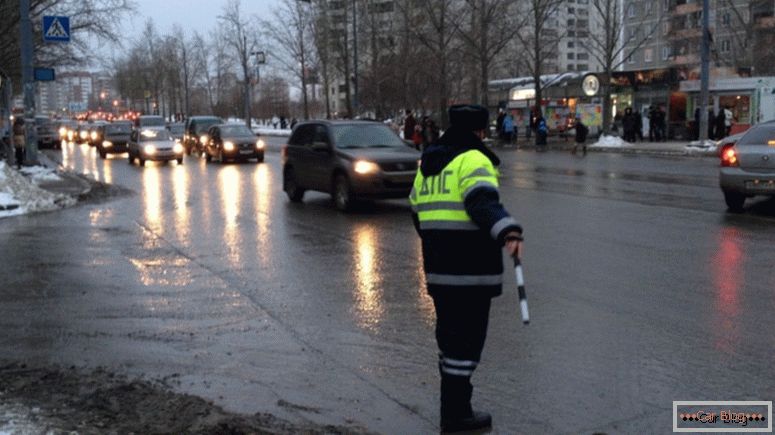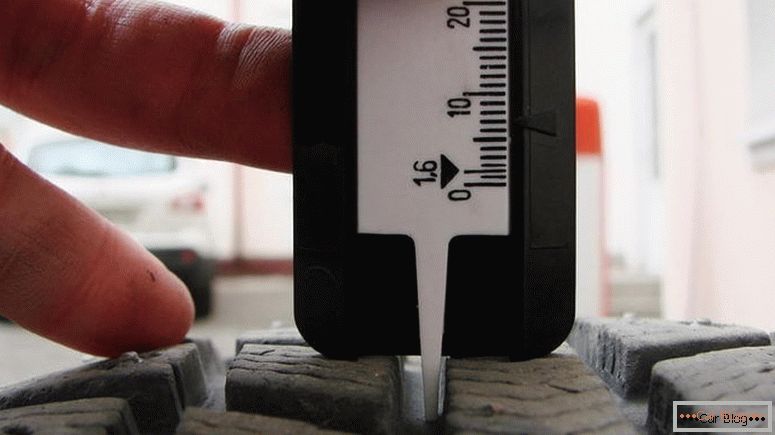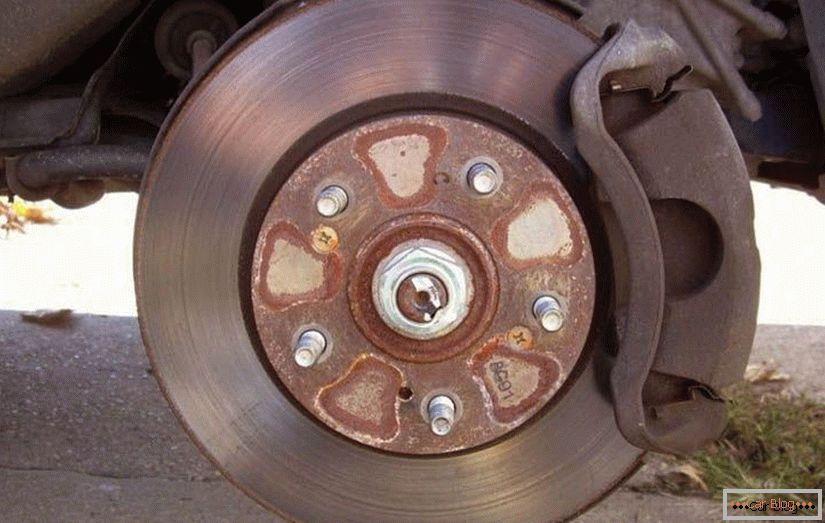Many are interested in whether it is possible to ride in the winter on summer tires. There are different opinions, let's deal with them. If you hope so much for the utilities of your city that you do not consider it necessary to change winter tires from summer to winter - there is bad news for you. Firstly, the implacable statistics says that at the very first ice the lovers of summer rubber create a huge number of emergencies, and secondly, they are interested in the problem at the state level. As a result, from January 1, 2015, drivers who have not changed their tires for winter ones will face a fine. The traffic police report that the amount of the fine is 500 rubles. As a legislative base in traffic police lead Art. 12.5 part 1 of the Administrative Code. This article states that a fine may indeed be imposed, but for driving a vehicle that does not comply with the provisions for allowing cars to operate.
It is the amendments to the regulations that came into force at the beginning of this year. However, there are no regulations specifically indicating that the car can only be used on tires that are designed for the current season. The amendments are about the required minimum tread depth; It also defines what winter tires are.
Content
- 1 What to expect drivers
- 2 Contradictions in legislation
- 3 Causes of inconsistencies in the laws
What to expect drivers

A fine may be imposed for driving a vehicle that does not comply with the provisions for allowing cars to operate.
Based on the content of these amendments, it becomes clear that they can now not only be fined on a summer tire for winter driving, but for winter tires that are pretty worn (if the tread depth is less than 4 mm). But such a fine is not mandatory - at its discretion, the traffic police representative may limit himself to warning the offender, without drawing up a protocol.
Simultaneously with the amendments to the provisions on admission, another document came into force - the regulation “On safety of wheeled vehicles”. According to it, from December to March (that is, the whole winter) any vehicles are allowed to be used only on winter tires. This document also stipulates the special requirements for the summer season - it is forbidden to ride winter tires in the summer. There is also a clause allowing local authorities to change the periods of vehicle operation on each type of rubber at its discretion (taking into account the particularities of the regional climate).
See also: How to pass driving around the city without errorsBut if you go back to the "Basic provisions for the admission of the vehicle to operation", then they still do not have a point where it is specifically forbidden to ride on summer tires in winter. So it is still illegal to fine for it. Representatives of the traffic police explained this as follows: while fines will be levied only for the operation of the vehicle on bald tires, regardless of what season it is intended for. And although the inspectors will pay attention to the seasonality of tires, so far, apparently, in addition to warnings of other penalties is not provided.
Contradictions in the law

Tread depth for winter tires should be more than 4 mm
So, let us remember what kind of rubber is legally unacceptable for use:
- for motorcycles the minimum tread depth is 0.8 mm;
- for trucks (up to 12 tons) - the minimum tread depth is 1 mm;
- for passenger cars (up to 3.5 tons) - 1.6 mm;
- for buses - 2 mm;
- for any winter tires - 4 mm.
As a result, we get a paradox - the use of summer tires in winter with a tread depth exceeding the minimum value can only entail a warning from a car inspector, without any grounds for imposing a fine.
Causes of inconsistencies in the laws
This happened because when adopting the new regulation “On safety of wheeled vehicles”, the government did not revise the amendments to art. 12.5 of Part 1 of the Administrative Code, which would establish the boundaries of responsibility for non-compliance with the regulations. If responsibility was clearly regulated, our roads could, for example, disappear wagons skidding downhill on summer tires.
However, most likely, in the near future the problem will still be solved. Most recently, the proposals were submitted for discussion to make the fines for riding in the winter on summer tires large enough - from 2 to 5 thousand rubles. In the meantime, there is a risk of getting a fine of a maximum of 500 rubles and only for “bald” rubber. But fines are fines, and the driver is obliged to take care of safety, so he should not go on summer tires in winter.
See also: How to start the car on the machine


